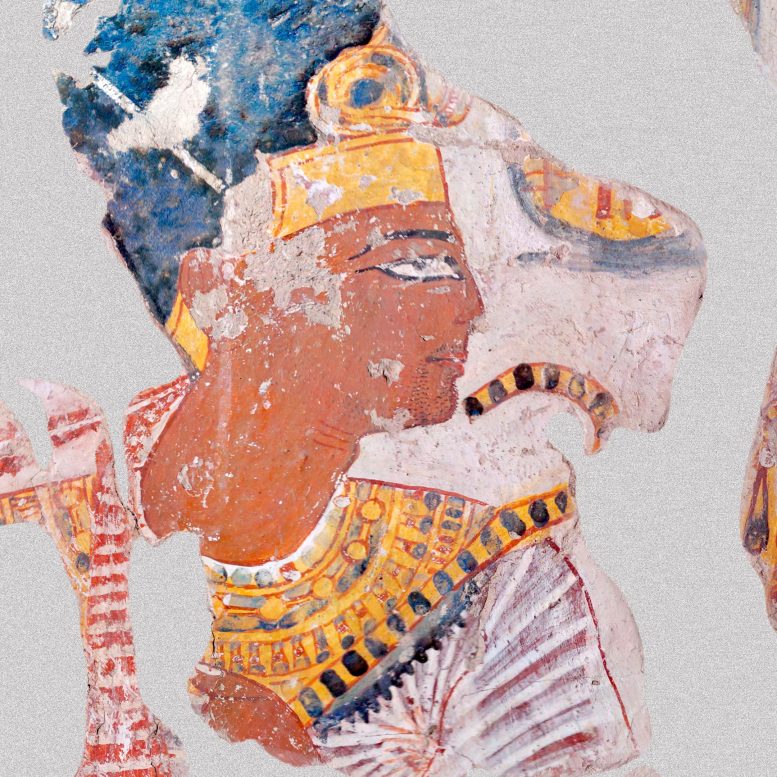
Portrait of Ramses II in Nakhtamun tomb, Chief of the Altar in the Ramesseum (tomb TT 341, possibly 20th Dynasty, circa 1100 B.C.). Credit: Martinez et al., CC-BY 4.0
A groundbreaking study using portable chemical imaging has revealed hidden alterations in ancient Egyptian paintings, suggesting deeper historical and symbolic layers in these artworks.
Portable chemical imaging technology can reveal hidden details in ancient Egyptian paintings, according to a study published recently in the open-access journal PLOS ONE by Philippe Martinez of Sorbonne University, France in collaboration with colleagues at the University of Liège, Belgium.
Innovative Approach to Uncovering Art Secrets
Ancient Egyptian paintings are commonly thought to be the result of highly formalized workflows that produced skilled works of art. However, most studies of these paintings and the process that created them take place in museums or laboratories. In this study, Martinez and colleagues use portable devices to perform chemical imaging on paintings in their original context, allowing for analysis of paint composition and layering and for the identification of alterations made to ancient paintings.

MA-XRF study of the painting of Ramesses II. Credit: Martinez et al., 2023, PLOS ONE, CC-BY 4.0
Detailed Analysis Reveals Historical Alterations
Two paintings were analyzed in detail, both located in tomb chapels in the Theban Necropolis near the River Nile, dating to the Ramesside Period. On the first painting, researchers were able to identify alterations made to the position of a figure’s arm, though the reason for this relatively small change is uncertain. On the second painting, analysis uncovered numerous adjustments to the crown and other royal items depicted on a portrait of Ramesses II (also spelled Ramses 2), a series of changes that most likely relate to some change in symbolic meaning over time.
Rethinking the Rarity of Alterations in Ancient Art
Such alterations to paintings are thought to be rare among such art, but the researchers suggest that these discoveries call for further investigation. Many uncertainties remain about the reasoning and the timing behind the alterations observed, some of which might be resolved by future analysis. This study also serves to prove the utility of portable chemical imaging technology for studying ancient paintings in-situ.
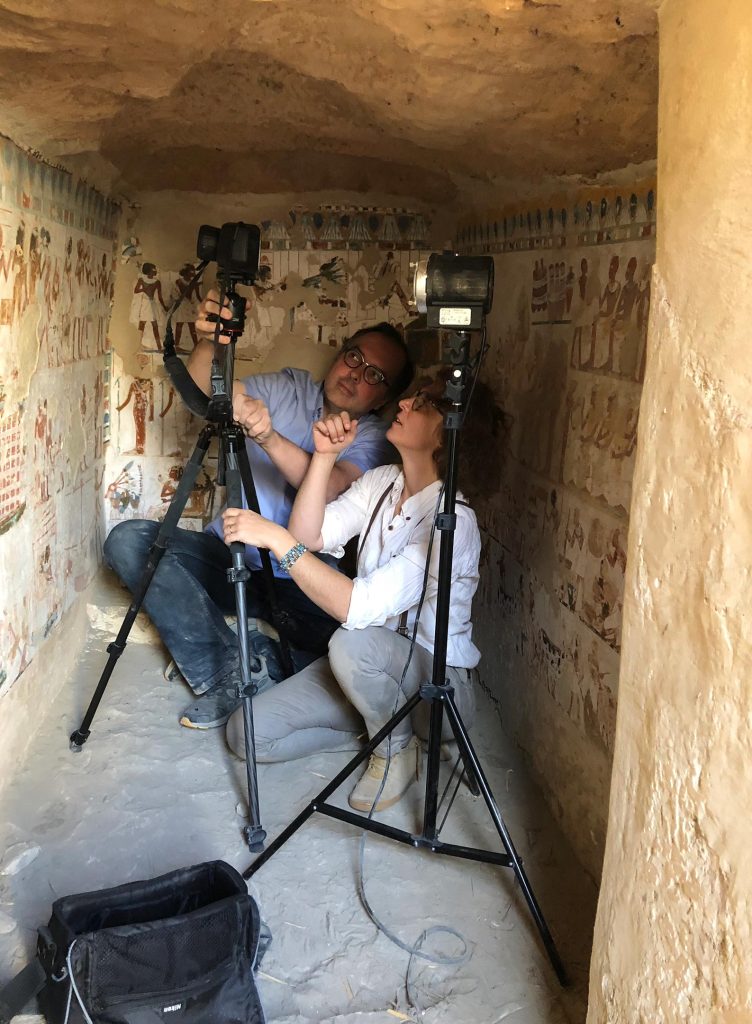
Philippe Walter and Catherine Defeyt taking measurements in the Noble Valley in Luxor (Egypt) using the portable scientific device. Credit: David Strivay, University of Liege, CC-BY 4.0
Researchers Advocate for Expanded Studies
The authors add: “These discoveries clearly call for a systematized and closer inspection of paintings in Egypt using physicochemical characterization.”
For more on this research, see Chemists Uncover Secrets of Ancient Egyptian Painters.
Reference: “Hidden mysteries in ancient Egyptian paintings from the Theban Necropolis observed by in-situ XRF mapping” by Philippe Martinez, Matthias Alfeld, Catherine Defeyt, Hishaam Elleithy, Helen Glanville, Melinda Hartwig, François-Philippe Hocquet, Maguy Jaber, Pauline Martinetto, David Strivay and Philippe Walter, 12 July 2023, PLOS ONE.
DOI: 10.1371/journal.pone.0287647
Funding: PW: DIM Analytics, project IMAPAT, Ile-de-France, PW: ANR-11-IDEX-0004-02, National Research Agency under the program Future Investments (program POLYRE of Sorbonne Universités), CD and DS: Prf-2019-060, The Belgian Federal Science Policy Office through the FED-tWIN program.

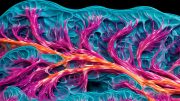





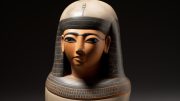
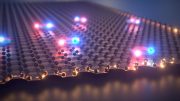
Please, Making changes where done by those trying to hide and rewrite African history in their own image …period.